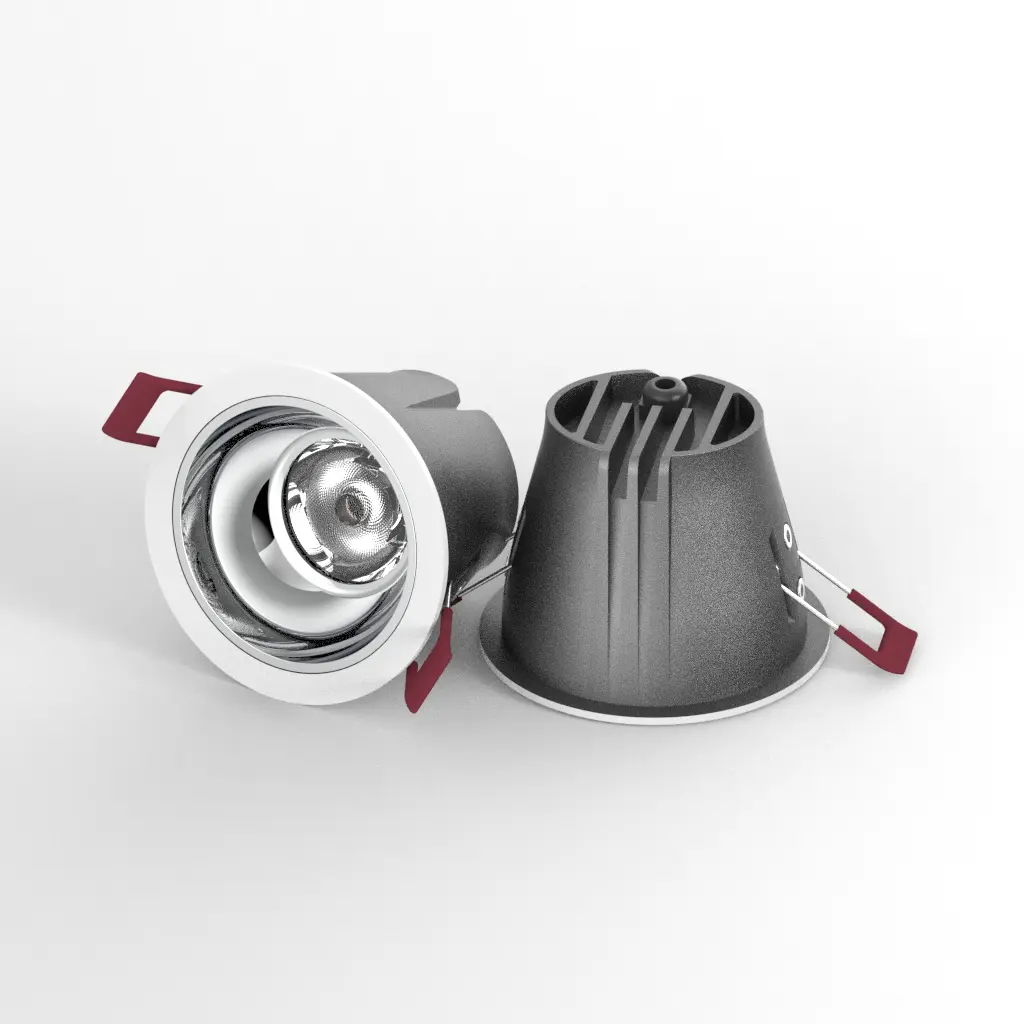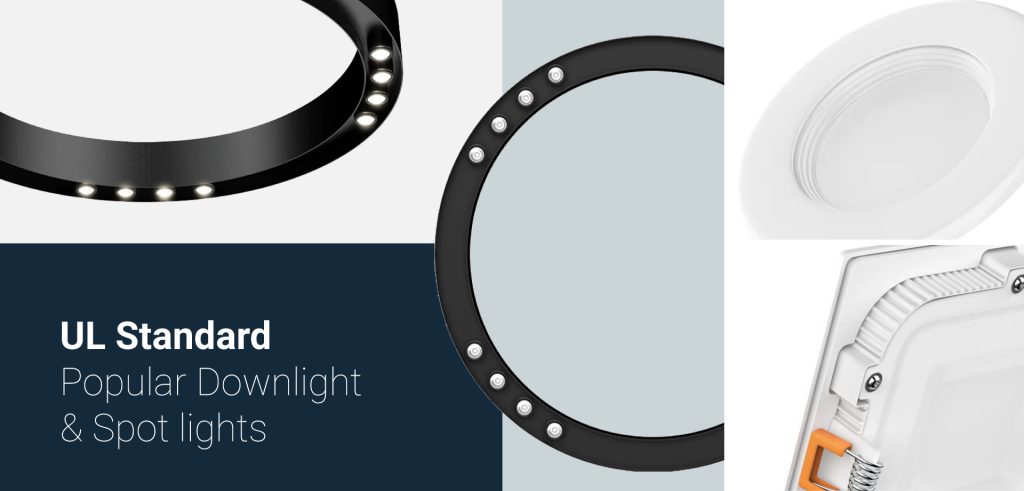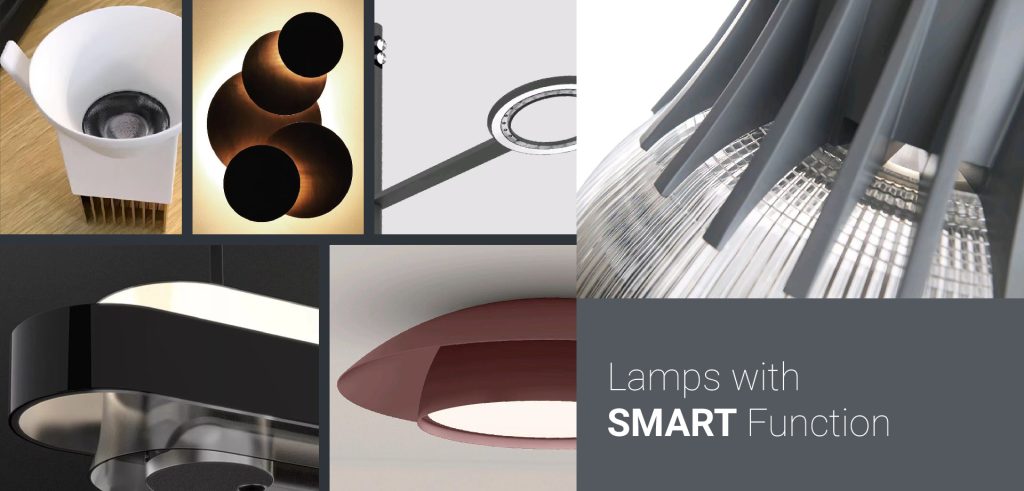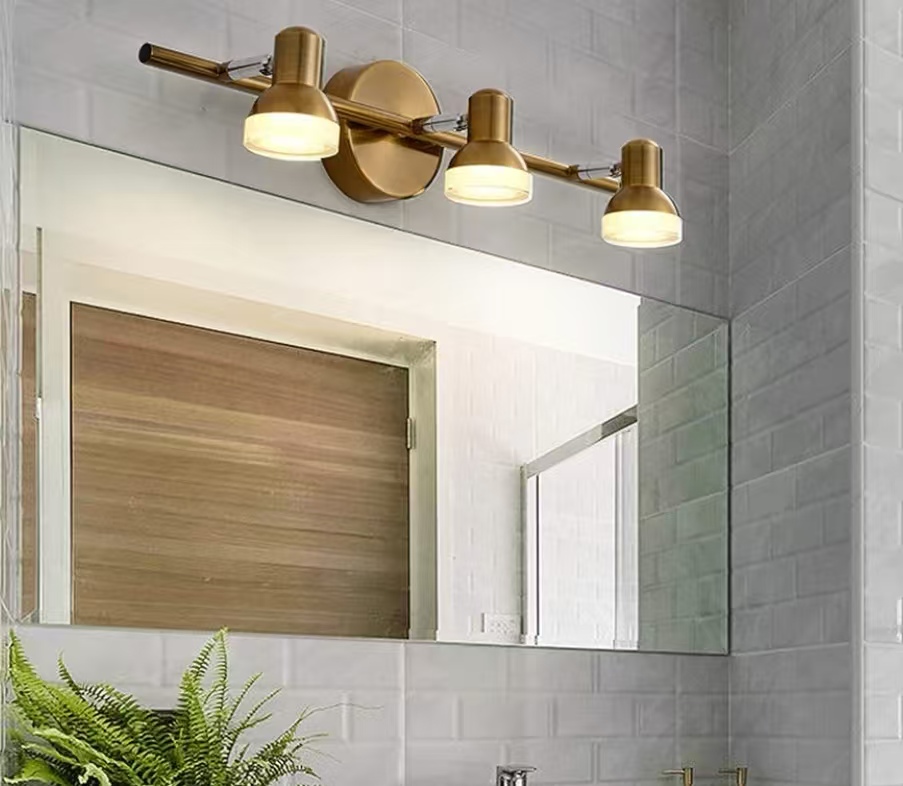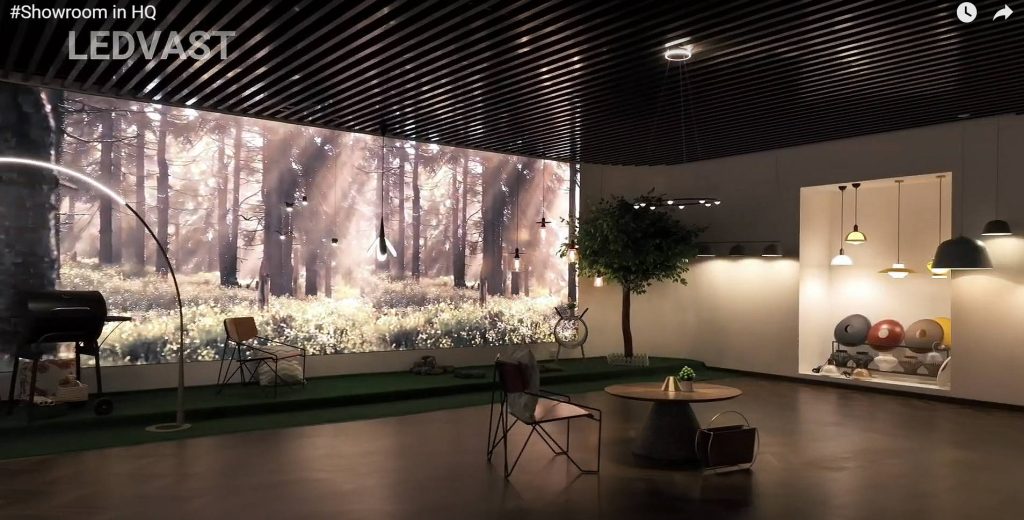Importance of indoor lighting
Indoor lighting plays a crucial role in shaping the atmosphere, functionality, and aesthetics of our living spaces. Beyond mere illumination, it sets the mood, enhances productivity, and contributes to our overall well-being. Whether it’s creating a cozy ambiance for relaxation in the evenings or providing bright, task-oriented lighting for workspaces, the right indoor lighting can significantly impact our daily lives. With advancements in technology, particularly the emergence of LED lighting solutions, we now have more opportunities than ever to customize and optimize our indoor lighting environments to suit our specific needs and preferences.
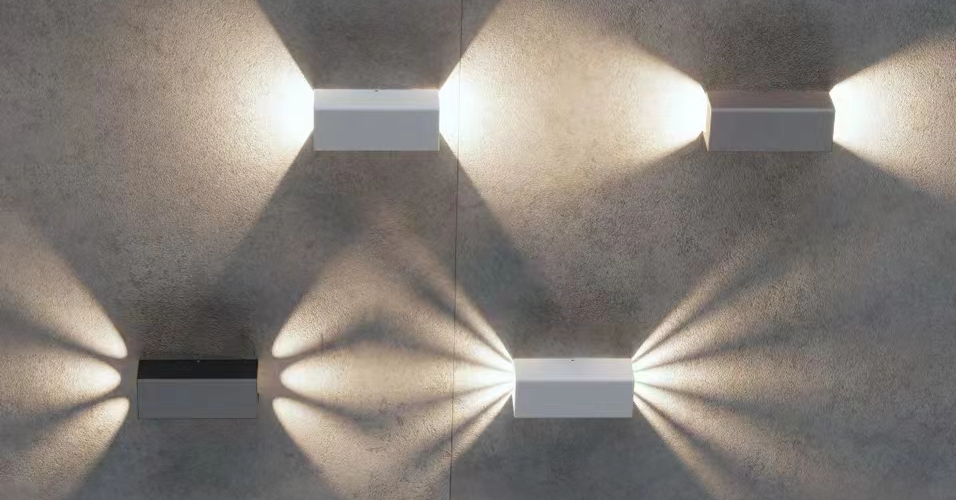
Why Indoor LED Spotlights as a Solution to Enhance Indoor Lighting
Indoor indoor led spotlights have revolutionized the way we illuminate our indoor spaces. Unlike traditional lighting sources such as incandescent or fluorescent bulbs, LED spotlights offer numerous advantages that make them an ideal choice for enhancing indoor lighting. Their energy efficiency, durability, and versatility make them a preferred option for homeowners, businesses, and designers alike. LED spotlights emit a focused, directional beam of light, making them perfect for accentuating specific areas or objects within a room, such as artwork, architectural features, or task areas. Additionally, LED technology allows for precise control over factors like color temperature and brightness, enabling users to create customized lighting effects tailored to their preferences. Whether you’re looking to add drama to your interior design, increase energy savings, or simply improve the overall functionality of your indoor lighting, indoor led spotlights offer a flexible and effective solution.
Understanding LED Spotlights
LED, or Light Emitting Diode, technology is revolutionizing the lighting industry. Unlike traditional incandescent or fluorescent bulbs, which rely on heating a filament or gas to produce light, LEDs generate light through a process called electroluminescence. This process involves the movement of electrons within a semiconductor material, which emits photons (light) when an electrical current passes through it. LEDs are incredibly efficient at converting electricity into light, resulting in minimal heat loss and lower energy consumption. Additionally, LEDs are available in a wide range of colors and can be easily dimmed, offering greater flexibility in lighting design.
Benefits of using LED spotlights for indoor lighting
- Energy Efficiency: LED spotlights consume significantly less energy than traditional lighting sources, leading to lower electricity bills and reduced environmental impact.
- Longevity: LED spotlights have an exceptionally long lifespan, typically lasting tens of thousands of hours compared to the relatively short lifespan of incandescent or fluorescent bulbs. This longevity translates to fewer replacements and lower maintenance costs over time.
- Instantaneous Illumination: Unlike some other types of lighting, LED spotlights reach full brightness instantly upon being switched on, eliminating any delay or warm-up period.
- Directional Lighting: LED spotlights emit light in a specific direction, allowing for precise control over where the light is directed. This directional capability makes them ideal for highlighting specific areas or objects within a room.
- Durability: LED spotlights are highly durable and resistant to shock, vibration, and temperature fluctuations, making them suitable for use in various indoor environments.
- Eco-Friendly: LED spotlights do not contain hazardous materials such as mercury, unlike some other types of lighting. Additionally, their energy efficiency helps reduce greenhouse gas emissions associated with electricity generation.
In summary, LED spotlights offer numerous advantages for indoor lighting applications, including energy efficiency, longevity, instant illumination, directional lighting, durability, and eco-friendliness. These benefits make LED spotlights a practical and cost-effective choice for enhancing indoor lighting in residential, commercial, and industrial settings.
Tips for Selecting LED Spotlights
Considerations for choosing the right color temperature:
When selecting indoor led spotlights for indoor lighting, it’s essential to consider the color temperature, which affects the mood and ambiance of the space. Color temperature is measured in Kelvin (K) and typically ranges from warm (lower Kelvin values) to cool (higher Kelvin values). Here are some considerations:
- Warm White (2700-3000K): Creates a cozy and inviting atmosphere, ideal for living rooms, bedrooms, and dining areas.
- Neutral White (3500-4000K): Offers a balanced and natural light that is suitable for kitchens, offices, and workspaces.
- Cool White (5000-6500K): Provides a bright and energizing light that is perfect for task-oriented areas such as bathrooms, garages, and workshops.
When choosing the color temperature, consider the function and mood you want to achieve in each space, ensuring that it complements the room’s decor and enhances its functionality.
Wattage and brightness considerations
LED spotlights come in various wattages and brightness levels, so it’s essential to select the right ones for your lighting needs. Consider the following:
- Determine the desired brightness level based on the intended use of the space. For example, task-oriented areas may require higher brightness levels for optimal visibility, while ambient lighting may be softer and more subdued.
- Pay attention to the lumen output of the indoor led spotlights, which indicates their brightness. Higher lumen values correspond to brighter light output.
- Calculate the total wattage needed for the space by considering factors such as room size, ceiling height, and the number of fixtures required. Opt for energy-efficient LED spotlights with lower wattages to reduce energy consumption without compromising on brightness.
Beam angle and coverage requirements:
The beam angle of LED spotlights determines the spread of light and the coverage area. Consider the following:
Determine the beam angle based on the size and layout of the space. Narrow beam angles (15-30 degrees) are ideal for accent lighting and highlighting specific objects or architectural features, while wider beam angles (45-60 degrees) provide more general illumination for larger areas.
Consider the height and distance of the spotlights from the target area when choosing the beam angle. Adjust the angle and positioning of the spotlights to achieve the desired coverage and minimize glare or shadows.
Use multiple spotlights with varying beam angles to create layers of light and achieve balanced illumination throughout the space, especially in larger rooms or areas with irregular layouts.
By considering these factors when selecting indoor led spotlights for indoor lighting, you can ensure that you choose the right color temperature, wattage, and beam angle to meet your lighting needs effectively.
Placement and Installation Tips
Importance of strategic placement for optimal lighting:
Strategic placement of indoor led spotlights is crucial for achieving optimal lighting effects and enhancing the overall ambiance of the space. Consider the following:
- Identify key areas or focal points within the room that you want to highlight, such as artwork, architectural features, or task areas.
- Position the LED spotlights to direct light precisely onto these focal points, drawing attention and creating visual interest.
- Avoid placing spotlights too close together or in a way that creates uneven lighting. Instead, space them out evenly to ensure uniform illumination throughout the space.
- Experiment with different angles and heights to find the most flattering and effective lighting arrangement. Adjust the placement of the spotlights as needed to achieve the desired lighting effects.
Techniques for accentuating focal points with LED spotlights
LED spotlights offer versatile options for accentuating focal points and adding depth to your indoor space. Here are some techniques to consider:
- Use spotlights with adjustable heads to direct light precisely onto the focal point, highlighting its details and textures.
- Experiment with different lighting angles and intensities to create dramatic effects and shadows that enhance the focal point’s visual impact.
- Combine spotlights with other lighting fixtures, such as wall sconces or pendant lights, to create layers of light and add dimension to the space.
- Consider using colored indoor led spotlights to create mood lighting effects or add a pop of color to the focal point, further enhancing its presence in the room.
Installation considerations for achieving desired lighting effects
Proper installation of LED spotlights is essential for achieving the desired lighting effects and ensuring safe operation. Here are some installation considerations to keep in mind:
- Follow manufacturer guidelines and recommendations for installing LED spotlights, including proper wiring and mounting procedures.
Ensure that the spotlights are securely mounted to the ceiling, wall, or other surfaces to prevent accidents or damage. - Pay attention to the placement of electrical wiring and connections to avoid any potential hazards, such as exposed wires or overloading circuits.
- Consider using dimmer switches or smart lighting controls to adjust the brightness and intensity of the spotlights according to your preferences and lighting needs.
- By strategically placing and properly installing LED spotlights, you can effectively accentuate focal points, create visual interest, and enhance the overall ambiance of your indoor space. Experiment with different techniques and lighting arrangements to find the perfect balance of functionality and aesthetics.
Energy Efficiency and Maintenance
Indoor led spotlights are renowned for their exceptional energy efficiency, offering significant savings on electricity bills compared to traditional lighting sources. Here’s a closer look at the energy-saving benefits of LED spotlights:
- Lower energy consumption: LED spotlights consume up to 80% less energy than incandescent bulbs and about 50% less energy than fluorescent bulbs while producing the same amount of light. This translates to substantial cost savings over the lifespan of the LED spotlights.
- Reduced heat generation: Unlike incandescent bulbs, which waste a significant portion of energy as heat, LED spotlights convert almost all of the energy they consume into light. This means less wasted energy and lower cooling costs, especially in warm climates or indoor spaces with limited ventilation.
- Longer lifespan: LED spotlights have a much longer lifespan than traditional bulbs, lasting up to 25 times longer on average. This reduces the frequency of bulb replacements, saving both time and money on maintenance.
Instantaneous illumination: LED spotlights reach full brightness instantly upon being switched on, eliminating any warm-up time or energy waste associated with waiting for the bulbs to reach their full output.
Tips for maintaining and prolonging the lifespan of LED spotlights
While indoor led spotlights are known for their durability and longevity, proper maintenance can help ensure they perform optimally for years to come. Here are some tips for maintaining and prolonging the lifespan of LED spotlights:
- Keep the spotlights clean: Regularly dust the LED spotlights with a soft, dry cloth to remove any dirt or debris that may accumulate on the surface. Avoid using abrasive cleaners or solvents, as they can damage the LED chips or housing.
- Check for loose connections: Periodically inspect the electrical connections and wiring of the LED spotlights to ensure they are secure and free from damage. Loose connections can cause flickering or dimming of the lights and may indicate a potential safety hazard.
- Avoid overloading circuits: Be mindful of the wattage and power requirements of the LED spotlights when installing them in a circuit. Overloading circuits can lead to overheating and premature failure of the spotlights, so distribute the load evenly across multiple circuits if necessary.
- Install surge protectors: Consider installing surge protectors or voltage stabilizers to protect the LED spotlights from power surges or fluctuations, which can damage the LED chips and shorten their lifespan.
- Follow manufacturer guidelines: Always follow the manufacturer’s recommendations for installation, operation, and maintenance of the LED spotlights to ensure optimal performance and longevity.
By understanding the energy-saving benefits of LED spotlights and following these maintenance tips, you can maximize your energy savings and prolong the lifespan of your LED spotlights, ensuring years of reliable and efficient lighting in your indoor space.

